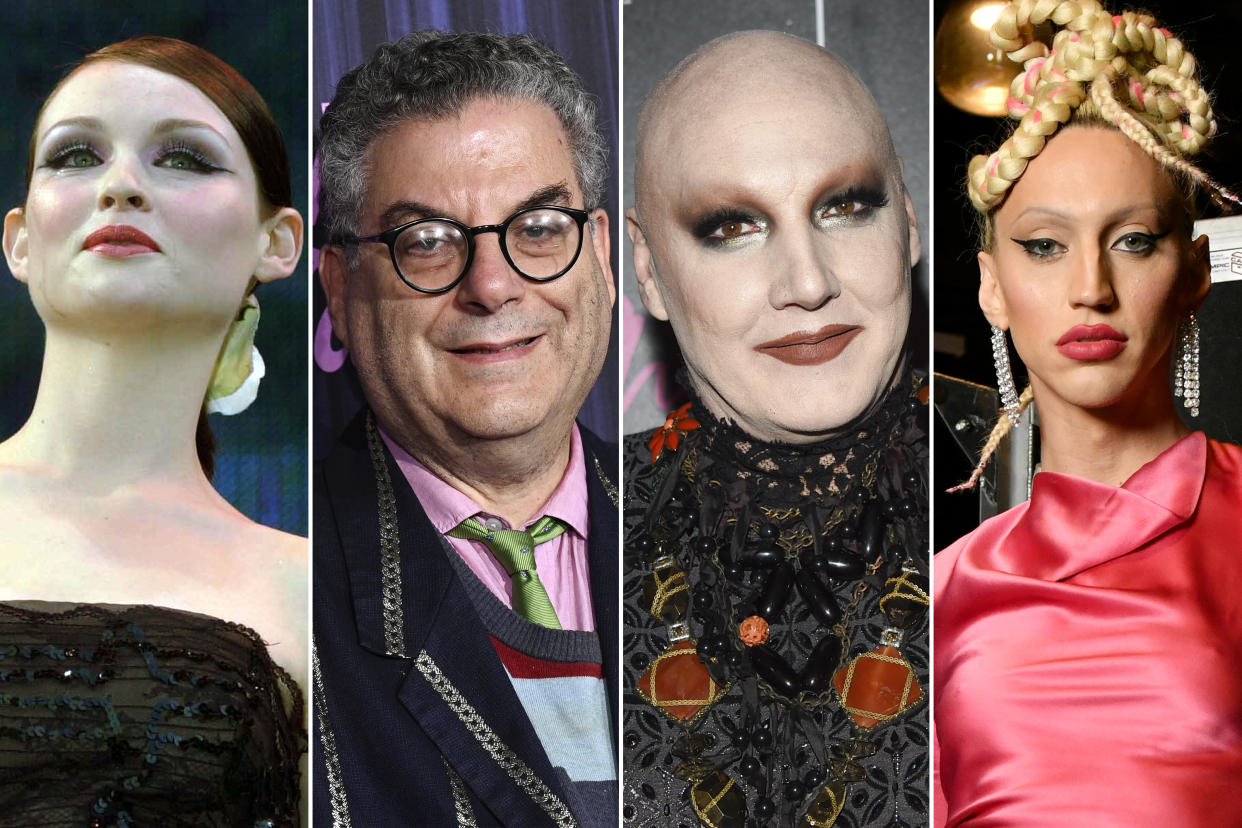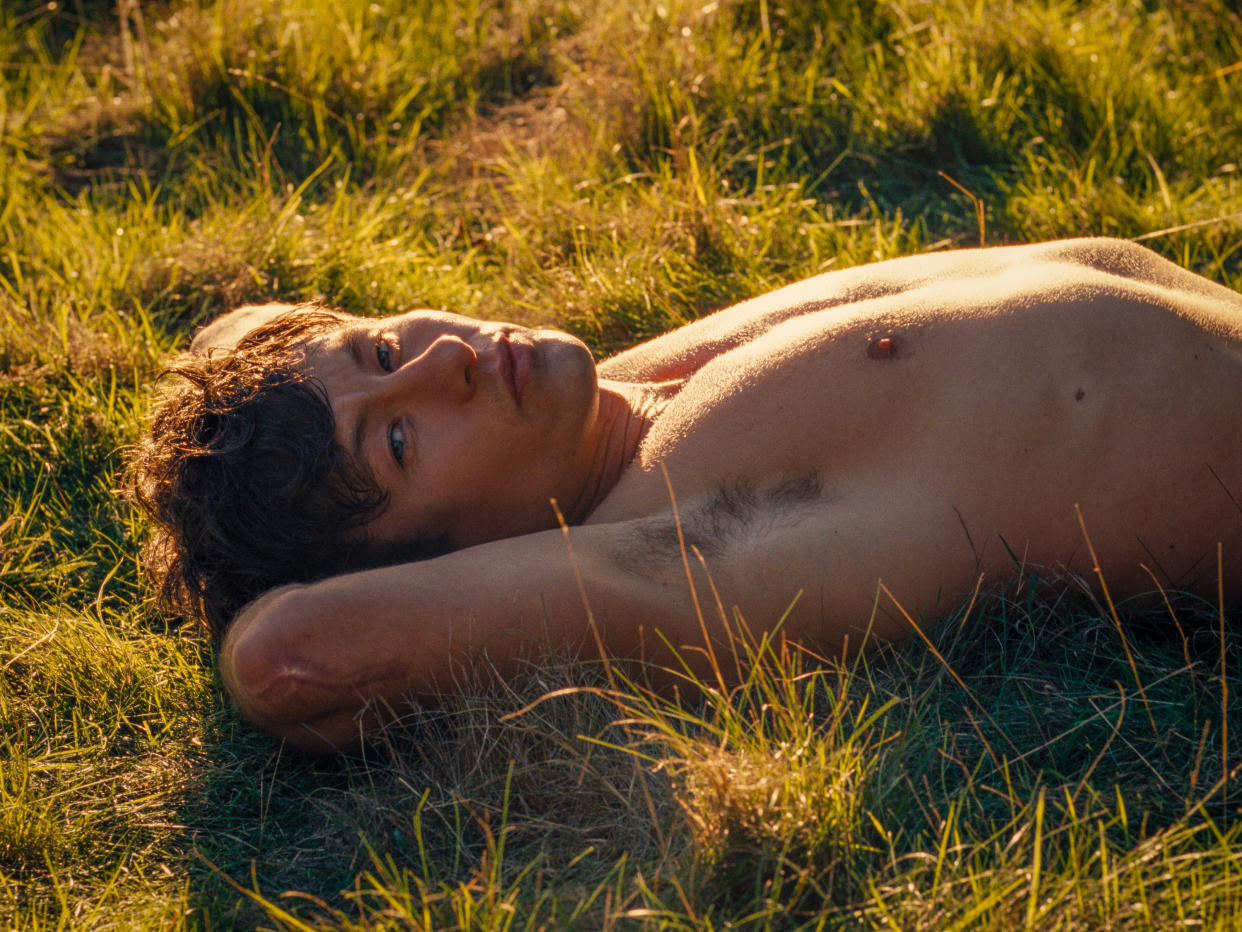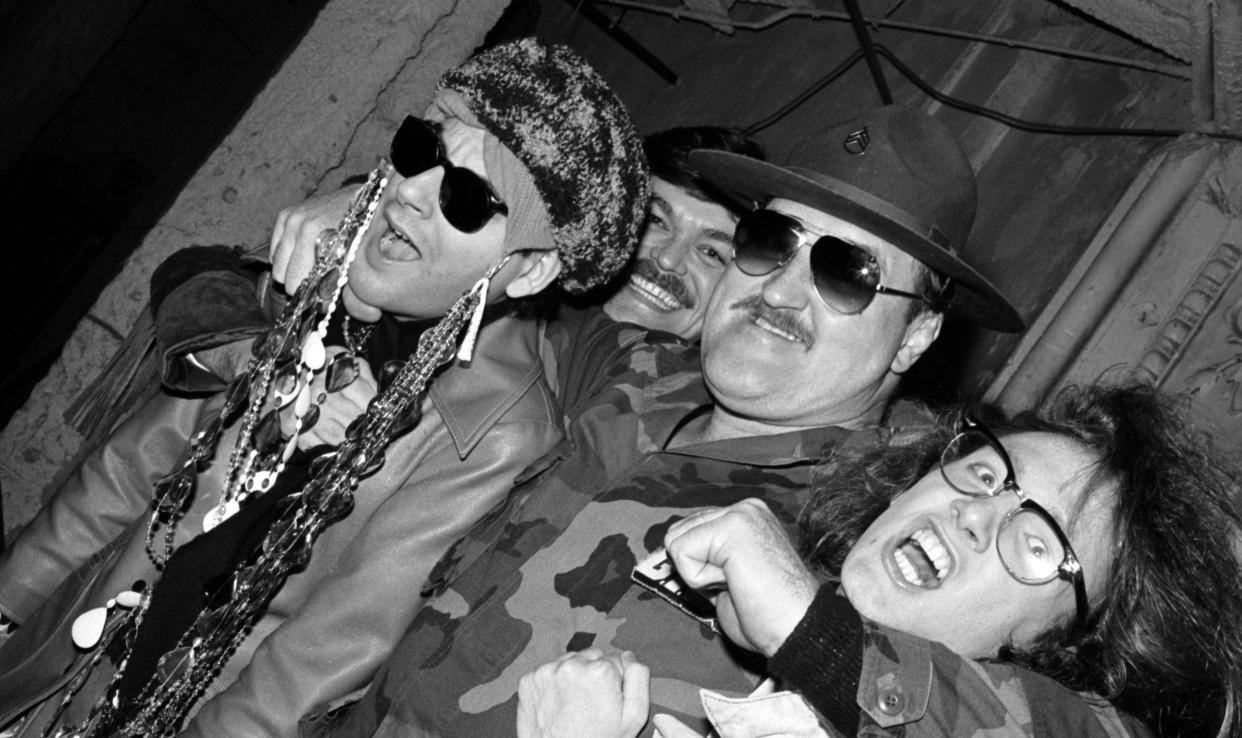'Saltburn' catapults 'Murder on the Dancefloor' onto the charts, more than 2 decades after release. Club kids celebrate its resurgence.

For the first time since its 2001 release, Sophie Ellis-Bextor’s disco-pop track “Murder on the Dancefloor” debuted on the Billboard Hot 100 chart, landing at number 98 the week of Jan. 13.
The song, which the British singer-songwriter co-wrote with Gregg Alexander, saw a surge in popularity after it was featured in the final scene of Saltburn as Barry Keoghan’s character dances to it in the buff. It took off on social media when fans, including Ellis-Bextor herself, imitated Keoghan’s moves through the Saltburn estate using the hashtag #MurderOnTheDanceFloor.
The song has appeared on more than 160,000 Instagram Reels and over 211,000 TikTok clips as of Tuesday afternoon.

When “Murder on the Dancefloor” was first released, it peaked at No. 26 on the U.S. Dance Club Songs chart in 2002, according to Billboard, though it reached No. 2 on the U.K. Singles Chart that same year.
Ellis-Bextor, who gave Saltburn director Emerald Fennell permission to include the song in the film, told the BBC she never expected it to resonate so deeply with new fans.
“It actually feels really magical. And if I’m honest, I don’t think I’ve completely processed it really,” she said. “It’s extraordinary. It’s a song I’ve been singing for over 20 years. I still love singing it. I love the way people react when I do it live. But for new people to be discovering it, for it to be making new memories with people is kind of beautiful.”
It’s certainly not the first time a song from decades past has found a new audience.
Kate Bush’s “Running Up That Hill,” for example, topped the charts in 2022 after appearing in an episode of Netflix’s Stranger Things, 37 years after its original release. Similarly, Matchbox Twenty’s 1997 single “Push” saw a bump in popularity when it was featured in Greta Gerwig’s Barbie. Fleetwood Mac’s “Dreams” also saw a spike in streams and sales after a clip of Nathan Apodaca skateboarding to it went viral on TikTok in 2020.
“One of the things I never prepared for is the fact that when you release anything into the world, any new music, it goes off and has its own journey,” she told Rolling Stone. “What’s happened with the song and how it’s got new people who weren’t even alive the first time it came out listening to it, it’s just spectacular.”
To that end, Ellis-Bextor is releasing “Murder on the Dancefloor” on vinyl for the first time on Feb. 16.
'It became emblematic of my life'
For many Gen X-ers, the resurgence of Ellis-Bextor’s hit takes them back to a time of vibrant transformation and eclectic beats, when the song echoed through the clubs of New York City, capturing the essence of a new millennium.
James St. James, who was behind the Club Kids movement, a prominent group in NYC’s nightlife scene characterized by flamboyant fashion and extravagant parties during the late 1980s and ’90s, felt nostalgic after hearing the song in Saltburn.
“When Barry Keoghan started dancing to that song, I think I left my body,” he told Yahoo Entertainment. “It’s a perfect song! A perfect moment! And a time warp, for sure. [I was] instantly transported back to hot sticky nights with friends, dancing.”
James writes of that time in his memoir Disco Bloodbath, as well as his friendship with ringleader Michael Alig that ended after the tragic murder of fellow club kid Andre “Angel” Melendez. His memoir inspired a 1998 documentary, as well as the 2003 film Party Monster starring Seth Green, who played James.

By the 2000s, the original Club Kids movement faded, largely due to a changing social climate, Alig’s trial and the aftermath of 9/11. Their legacy is reflected in songs like “Murder on the Dancefloor,” explained James, who says the song was an instant dance club favorite when it debuted.
The song's title became personal to James as he toured clubs around the world promoting his book.
“I had experienced murder, a horrible murder, and I could still go out and dance and find joy in life on the dance floor. It’s that transformative. It’s that powerful,” he said. “Every time I heard it, I raced to the dance floor. It became emblematic of my life. And it felt as if we were truly in the new century. A new world. And it connected to me.”
Village Voice columnist Michael Musto played a large role in covering the city’s nightlife during that era. He said Ellis-Bextor’s song debuted at the right time.
“It was a time when it wasn’t cool to be a ’90s-style club kid anymore. A new generation was evolving who were a little more tidy and behaved,” he told Yahoo Entertainment. “At the same time, anti-nightlife Mayor Rudy Giuliani’s two terms were ending, so there was hope for some insouciance in the future.”
The song fit perfectly into “the genre of songs about nightclub music, specifically the charge provided by DJs and dance floors,” which included Indeep’s 1982 hit “Last Night a DJ Saved My Life” and Madonna’s 2000 hit “Music,” explained Musto.
“Dancing to music about dancing is irresistible,” he said. “I’m thrilled the song has come back.”
“I love that now it’s cool for older songs to get popular again,” Linux, who is a fixture of the NYC club scene and works as a nightlife correspondent, told Yahoo Entertainment.
As she puts it, “Murder on the Dancefloor” is emblematic of an era that rewarded rule breakers and trendsetters.
“Every fashion designer, movie director and pop star looks to the cool kids filling the clubs in NYC as a cheat sheet for the next big thing,” said Linux. “The things we wear and the music we listen to is a sneak peek into what the mainstream will be repping two years down the line.”
While trends come and go, the best art can stand the test of time, noted James.
“It was a less cynical time,” James said of the early 2000s. “Thinking about Paris Hilton, Britney Spears, Rihanna, Daft Punk, Electroclash, Williamsburg, bloggers, Heatherette fashion shows, Fischerspooner, wearing jeans under dresses, it’s all so sweet.
“We should save that feeling and bottle it up for the retro 2020s revival coming up,” he added.


